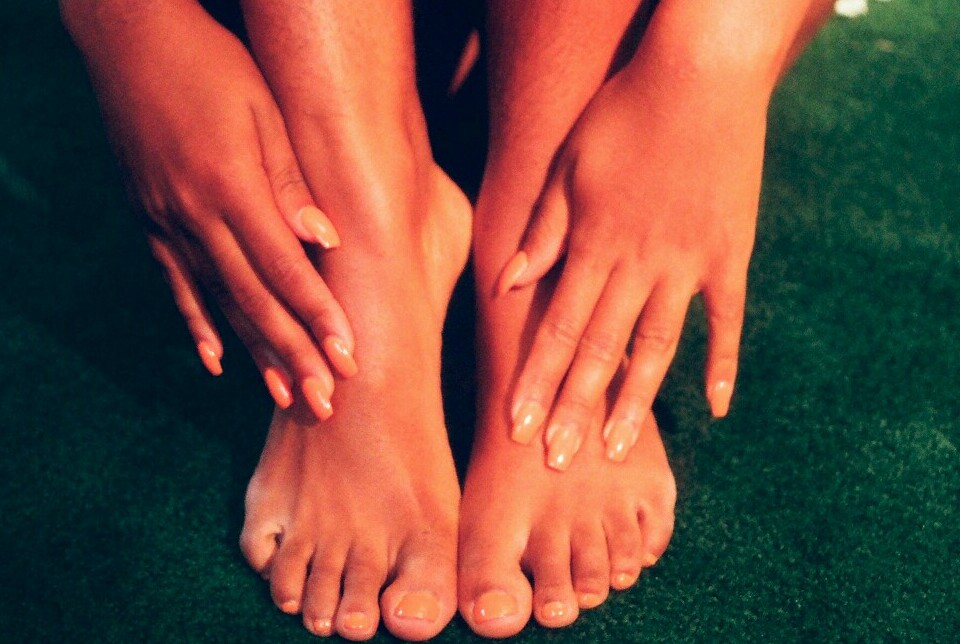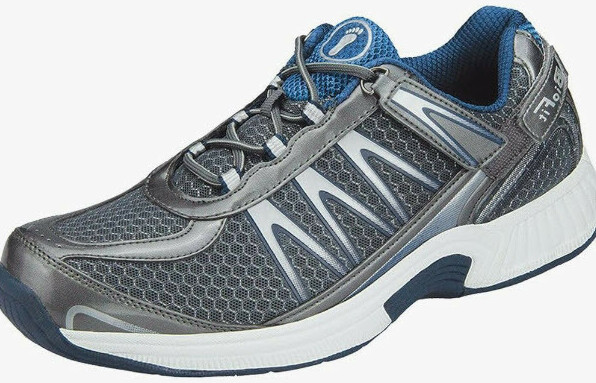
If you’re grappling with arthritis, you’re not alone. This condition, characterized by joint pain and stiffness, significantly impacts the lives of millions globally. When it comes to arthritis in the feet, every step can be a reminder of the discomfort it brings.
Now, you might be wondering why we’re focusing on shoes when we talk about arthritis. Well, the shoes you wear can make a big difference in managing arthritis pain and maintaining mobility. They’re not just accessories; they’re tools for better health.
Enter orthopedic shoes, specifically designed with features that relieve the load on your joints. It’s not just about comfort—they’re about supporting your feet in a way that can help manage the symptoms of arthritis.
Understanding the synergy between robust shoe support and the health of your joints is critical. Orthopedic shoes can change the game by improving joint alignment and reducing the pain triggered by arthritis. Wear the right shoes, and you might just find a new spring in your step—figuratively speaking, of course.
Key Features of Orthopedic Shoes for Arthritis Support
So, you’re looking to understand what sets orthopedic shoes apart from the regular kicks you find at the store. It’s all in the details – the design features of orthopedic shoes are tailored to give your feet the support they crave, especially if arthritis has been causing you trouble. Now let’s break down these features.
First up, let’s chat about the design and construction. Orthopedic shoes aren’t just about style; they are engineered to distribute pressure evenly across your foot. This means less strain on any one part, which is crucial for tender arthritic joints. The toe boxes are usually wider to prevent cramping, and the soles are crafted to aid in shock absorption, keeping every step as smooth as possible.
When it comes to materials, think of the Three C’s: cushioning, comfort, and crucially. High quality, soft materials that can mold to the contours of your feet are game changers. Memory foam insoles? Yep, that’s going to be like walking on a cloud. Shock-absorbent soles? You bet – they work hard to take the hit, so your joints don’t have to.
Now, customization is king. We’ve all got our quirks, and so do our feet. Orthopedic shoes often come with removable insoles, which means you can adjust the level of support or swap in custom orthotics tailored just for you. And with a range of widths available, it’s not just a one-size-fits-all situation – it’s about finding the perfect fit for your unique feet.
Lastly, durability and stability shouldn’t be overlooked. These shoes are the quiet heroes that offer a steady base, providing exceptional traction and helping reduce joint stress. Imagine a foundation that’s both sturdy and forgiving, and you’ve got the essence of what makes a solid orthopedic shoe.
Now, shifting gears into the practical benefits – and believe me, there are plenty – I’m going to show you how these features translate into everyday relief and improved life quality for those dancing with arthritis. Stay tuned; the good stuff is just around the corner.
Practical Benefits of Wearing Orthopedic Shoes for Arthritis Sufferers

If you’re grappling with arthritis discomfort, orthopedic shoes are much more than just a wardrobe addition. These specialized shoes can significantly enhance your daily life by directly targeting the pain and mobility issues arthritis causes. Let’s examine the ways they can turn painful steps into strides of relief.
Firstly, one of the most immediate benefits you’re going to notice is a reduction in pain. That’s because orthopedic shoes are designed with ample cushioning and support, which work together to absorb shock and ease the stress on your joints. This kind of relief can be life-changing, especially if you spend a lot of time on your feet.
A win in the comfort department is another big plus. With features like extra room for toe movement and snug-fitting heel areas, orthopedic shoes can prevent the formation of blisters and calluses, common nuisances that can further compound foot discomfort in arthritis sufferers.
Now, let’s talk about mobility. It’s a key component of independence, and when arthritis threatens to slow you down, orthopedic shoes step in to offer a helping hand. They’re designed to help stabilize your gait, which becomes particularly important on those rough days when arthritis seems to have the upper hand.
Moreover, these shoes can serve a preventive function by helping to halt further joint degradation. By providing proper alignment and reducing excess pressure on your knees, hips, and back, orthopedic shoes work to prevent additional musculoskeletal strain.
I’ve spoken with many individuals who have experienced a remarkable transformation in their quality of life after switching to orthopedic shoes. These stories underscore the fact that a proper fit and targeted support can do more than just soothe sore feet; they can be the foundation of a more active and enjoyable lifestyle.
Choosing the Right Orthopedic Shoes for Your Needs
Stepping into the perfect pair of orthopedic shoes isn’t just about instant relief; it’s also about safeguarding the future of your feet. If you’re facing the discomfort of arthritis, your choice of footwear could be a game changer.
Start by understanding your specific needs. This isn’t just about the level of arthritis you have, but also about how your feet are shaped and the kind of lifestyle you lead.
Don’t hesitate to seek guidance from a professional. Doctors and podiatrists can offer personalized advice that’s tailored to your specific situation, ensuring that the shoes you choose will truly benefit your feet.
It’s crucial to test out different shoes. Just because a shoe is labeled ‘orthopedic’ doesn’t guarantee it’s the right fit for you. Try various styles and brands until you find the one that resonates with you while also fulfilling all your needs.
Remember, the health of your shoes directly impacts the comfort of your feet. Regular maintenance, like cleaning and possibly replacing insoles, will help extend the life of your orthopedic shoes, making sure that you continue to enjoy their benefits for as long as possible.
Your first attempt at choosing orthopedic shoes doesn’t need to be your last. Feet change over time, as will your needs. You can always adjust your approach down the road, ensuring that your feet are getting the best possible support at all stages of life with arthritis.
